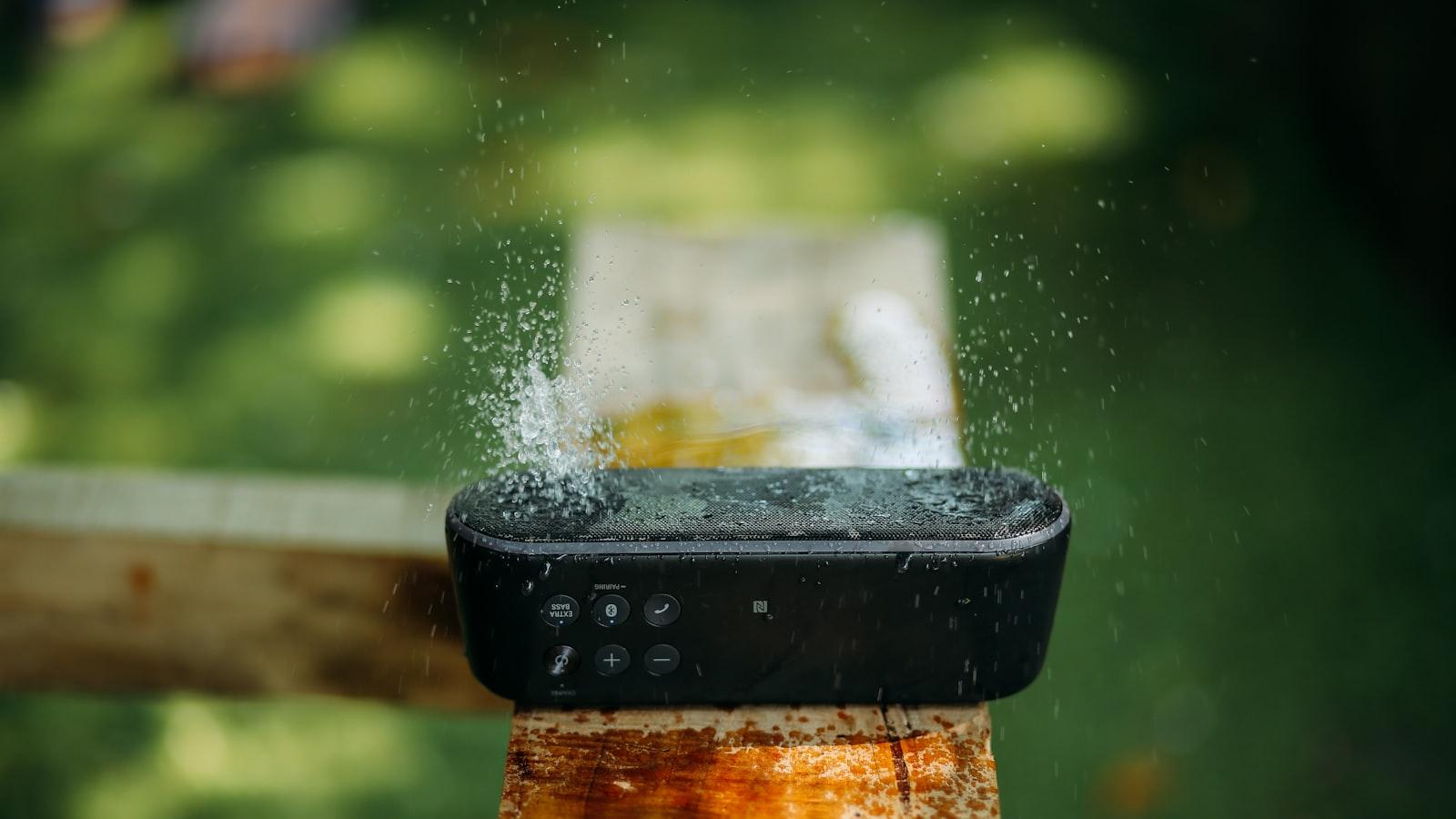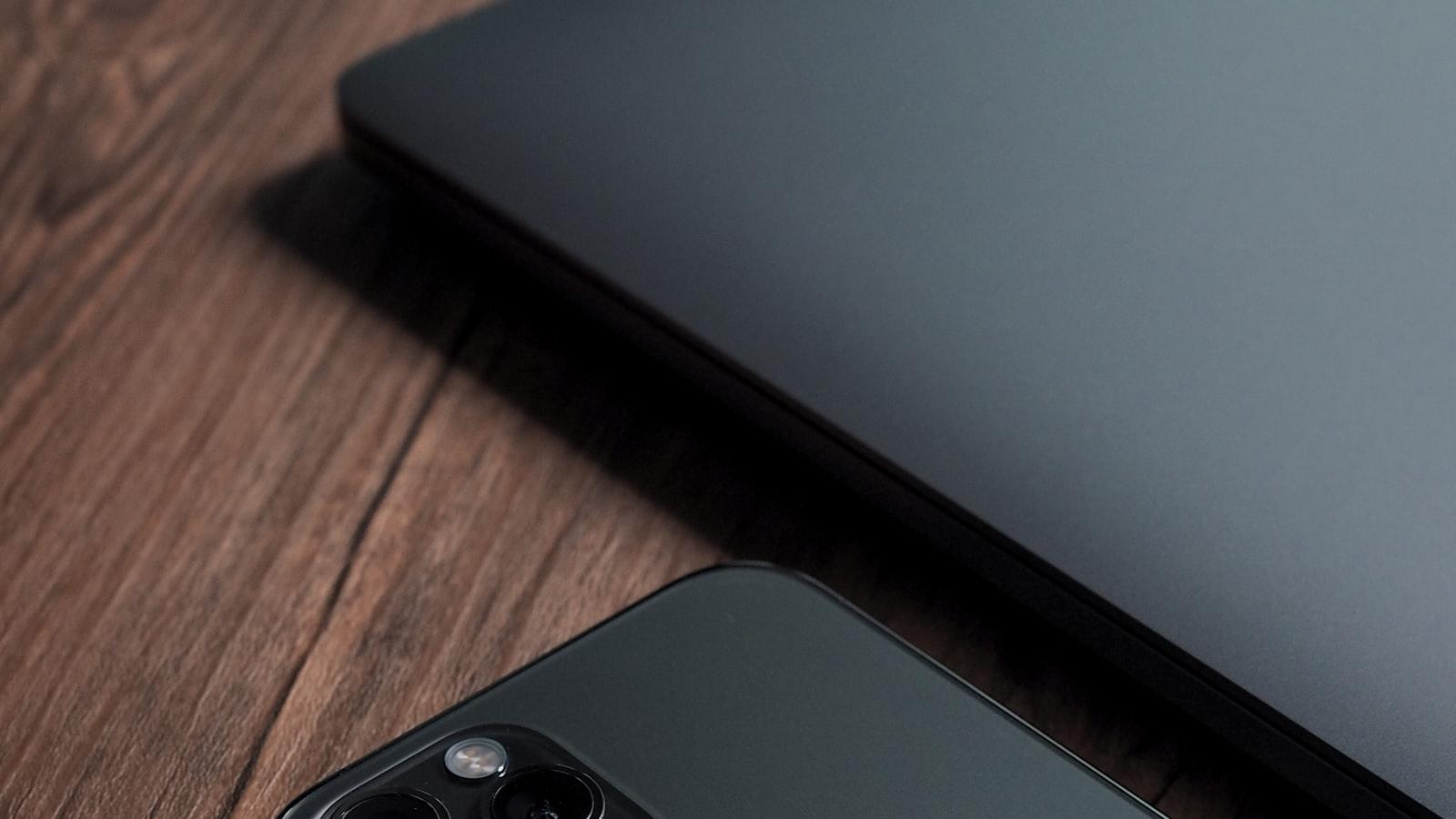Both the electronic piano and the traditional piano have long been cherished by musicians for their unique qualities and capabilities. However, as technology continues to advance, the question remains: can an electronic piano truly capture the essence of a traditional piano? In this article, we dive into the key differences between these two instruments to uncover the truth behind their distinct sounds and features. Join us on a musical journey as we seek to unlock the mystery of whether an electronic piano can ever truly replicate the magic of a traditional piano.
Key Differences in Sound and Feel
When comparing the sound and feel of an electronic piano to that of a traditional piano, there are key differences that can impact the overall playing experience. While electronic pianos have come a long way in emulating the sound and feel of a traditional piano, there are subtle nuances that set them apart:
- Sound: Electronic pianos often have a more consistent sound quality as they do not rely on strings and hammers like traditional pianos. This can result in a cleaner sound, but some musicians argue that it lacks the depth and warmth of a traditional piano.
- Feel: The touch and feel of the keys on an electronic piano can vary significantly from that of a traditional piano. While some electronic pianos offer weighted keys to mimic the feel of a traditional piano, the action may not be as responsive or nuanced.

Comparing Features and Performance of Electronic vs. Traditional Pianos
When comparing the features and performance of electronic and traditional pianos, it’s essential to delve into the nuances that set them apart. While electronic pianos offer convenience and modern technology, traditional pianos hold a timeless charm and authenticity that is hard to replicate.
One key difference lies in the sound production; traditional pianos produce sound acoustically, creating a rich, organic tone, while electronic pianos use digital sampling to mimic the sound of an acoustic piano. Additionally, traditional pianos have wooden keys that offer a tactile response, while electronic pianos have plastic keys with varying levels of sensitivity.
While electronic pianos can provide a wide range of sounds and features, traditional pianos have a unique touch and feel that many musicians find irreplaceable. The choice between electronic and traditional pianos ultimately comes down to personal preference and the desired playing experience.
In conclusion, while the debate continues on whether an electronic piano can truly capture the essence of a traditional piano, one thing is for certain - both instruments possess their own unique qualities and characteristics that make them special in their own right. Whether you prefer the classic sound of a traditional piano or the versatility and convenience of an electronic piano, both instruments offer endless possibilities for musicians to explore and enjoy. So, next time you sit down at either instrument, remember to appreciate the beauty and diversity that each one brings to the world of music. Unlock the key differences and embrace the magic of music in all its forms.


